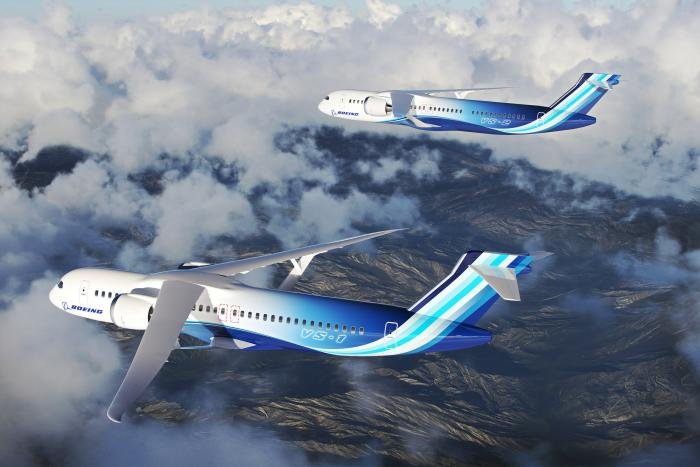A 737 Replacement? Boeing and NASA partner on new airliner
NASA has announced a partnership with Boeing to design, build and fly a brand-new large-scale airliner.
Called the Sustainable Flight Demonstrator (SFD), the experimental aircraft will use the American manufacturer’s Transonic Truss-Braced Wing (TTBW) design – which it has been developing since 2010 – and is scheduled to fly in 2028.
Seen by industry experts as a route through which Boeing pursues the development of a 737 replacement, the SFD is expected to offer significant fuel-burn savings over existing designs.
NASA hopes it will be able to reduce consumption by as much as 30%, through innovations in propulsion systems, materials and systems architecture, when compared to today’s most efficient single-aisle aircraft.
“The SFD programme has the potential to make a major contribution toward a sustainable future,” said Greg Hyslop, Boeing chief engineer and executive vice president of Engineering, Test & Technology. “It represents an opportunity to design, build and fly a full-scale experimental plane, while solving novel technical problems.”

Speaking at a press conference earlier today, Bill Nelson, NASA administrator, said: “This configuration will save fuel. And as we know saving fuel is not only good for the planet, but it also means less expensive tickets for passengers.”
“Flying in the US, you’re likely to board a single-aisle aircraft, like the size of a 737,” he said. “They are the workhorses of most of the fleet [and] remain the most in demand design and are critical to retaining American competitiveness in manufacturing.”
Nelson told the audience that despite advancements, single-aisle aircraft are responsible for about half of the emissions today in the commercial aviation sector.
“And that’s exactly why NASA chose Boeing for this project,” he remarked. “Boeing’s proposed design could make a significant contribution towards our goal of improving fuel efficiency… and we have a plan to make that a reality.”
The US space agency will provide funding totalling $425m while Boeing and its industry partners will provide up to $725m. The manufacturer has already spent $110m on recent phases of sustainable aviation research.




